Coming to select theaters in December and nationwide January 2025, is the moving and visceral adaptation of Colson Whitehead's novel– Nickel Boys. Recently during the press conference, co-writer and director RaMell Ross shared why he chose to tell this story through a first person point of view.
Nickel Boys Director RaMell Ross Explains The Use of First Point of View
There are two things that will immediately strike you when you watch Nickel Boys. First is the aspect ratio–no your local theater did not mess something up) and second is the fact that the film is shown via first person point of view. Both of these choices were intentional according to director and co-writer RaMell Ross.
“One thing that the Dozier School boys were robbed of was life. So how do you make a film that is giving them life? How do you make a film that is more about them living? Maybe the context of the film is their death, but the process and the execution of the film is their life. […] Elwood's death is not the center of the film. It's about his relationship with Turner. It's about the love that he had with Hattie. It's about Turner living for Elwood, about him taking Elwood into his body by his name and continuing to live.
Something about photography and film, and it's kind of conceptual, but it's true, [is that] the camera intensifies objectivity. It fundamentally objectifies. It squishes people into things. And it also has a beautiful way of expressing humanity and connecting us. […] But at the same time, what's it look like for the camera to be inside us? I like to say that human beings are the real documents of civilization. It's in us. And that's, I think, the core reason why it's POV.”
On the aspect ratio and use of archival footage:
“I make 8×10 and 4×5 photos…so I frame better in that 4:3, but also it's more fluid with the archival and I knew that that was gonna be kind of essentially the bones of the film.
I think one thing that I've been interested in is what happened to the Dozier School boys is not something that could not have happened without photography and film producing blackness in a certain way, right? Like the camera goes into communities, it takes people out and then people have racist ideas and then the image reaffirms that in their minds. And so we wanted to, my co-writer and I, Jocelyn Barnes, use the archival footage to show the different ways in which blackness has been produced over time.
Cinema, news footage, the black family archive […] if we think about the power of the camera and the way in which the camera goes into communities for government reasons and whatnot [making people] kind of visual statistics, right? Their whole person is impossible to come across in those moments. […] Go into the archives and find moments when the person […] looks back at the camera and you see them for a second. […] Take that moment out because that's the real person, closer to the real person. Bring that into the film [and] have that be a moment of revelation in relationship to the dramatic story, but also kind of rescue them from that stock footage use of their person.”
Nickel Boys will release in NY and LA December 13 and coming nationwide in January. It is rated PG-13 for thematic material involving racism, some strong language including racial slurs, violent content and smoking with a runtime of 2 hours 20 minutes.
*This interview has been edited for length and clarity.
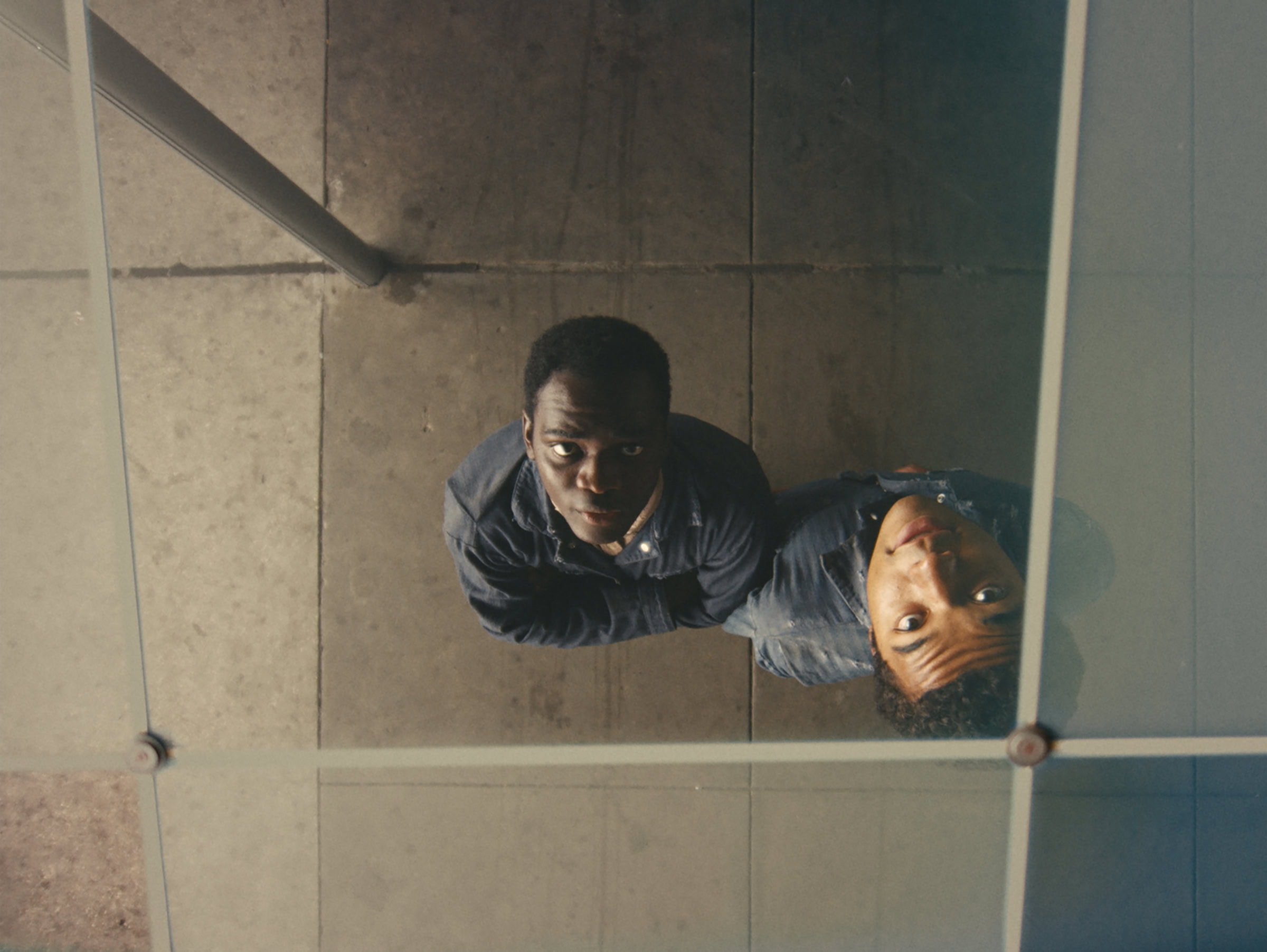
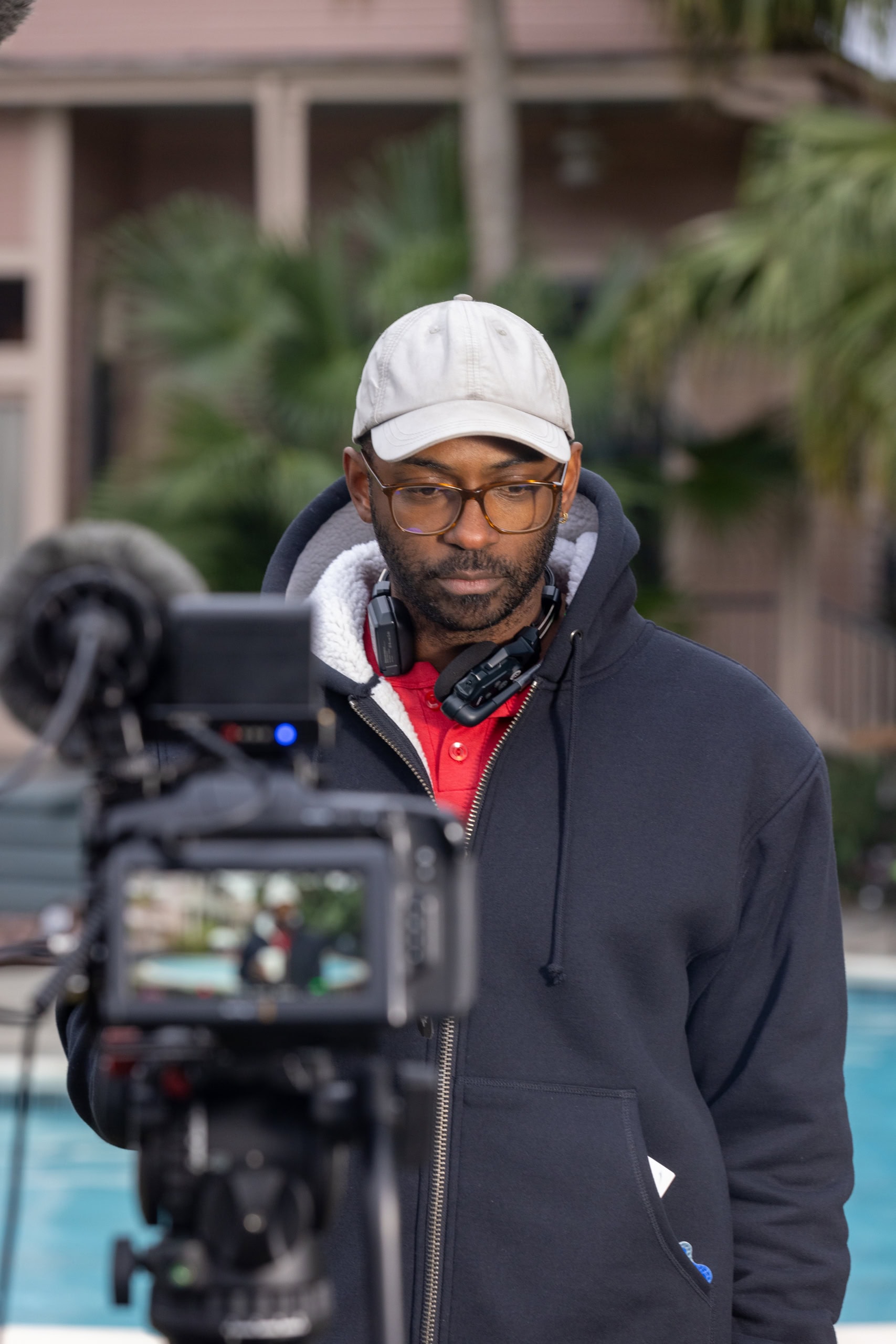
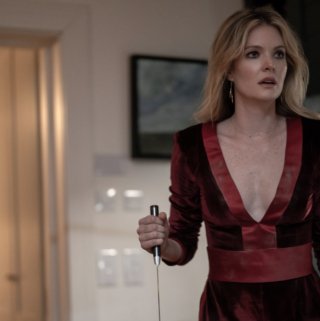
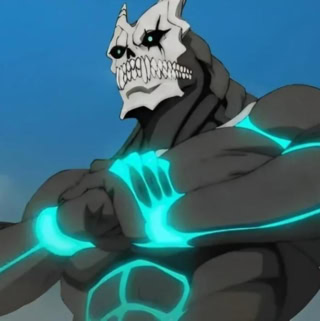
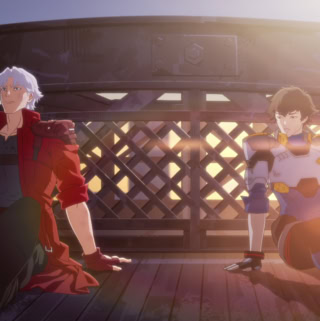
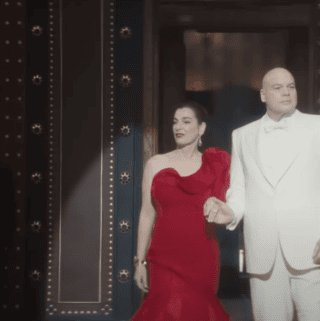

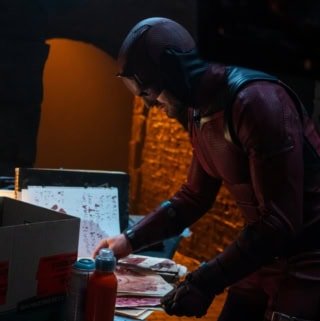
Leave a Reply